
Contact

Home
Loch Ness Monster part 12

1934

continued
JET BLACK SEA SERPENT.
Barrier Miner (Broken Hill, NSW)
Date: April 6, 1934
Page Number: 2
The Caribbean Sea, like Loch Ness, is reported to have a monster...
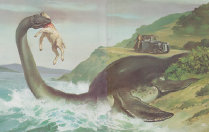
Contents
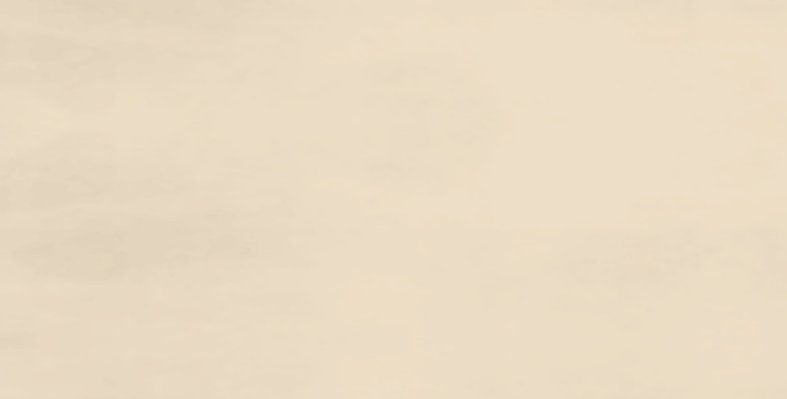
THE LOCH NESS MONSTER.
The West Australian (Perth, WA)
Date: April 7, 1934
Page Number: 20
Declared to be "the first complete authentic photograph" of the Loch Ness monster to reach Australia. It is suggested that it was taken by a Scottish photographer on April the First and transmitted to Perth by wireless.

FACT OR FANTASY?
THE STORY OF THE SEA SERPENT
The Argus (Melbourne, Vic.)
Date: April 7, 1934
Page Number: 9
It is no longer fashionable to sneer at the sea serpent. The varied accounts of the monster which is supposed to live in Loch Ness, in Scotland, have evoked much merriment, but it is significant that during recent discussions in Britain there was almost general acceptance of the fact that such a creature exists, and has been seen...

ANOTHER SEA MONSTER
Discovery At Port Said
Barrier Miner (Broken Hill, NSW)
Date: April 7, 1934
Page Number: 3
...
The Loch Noss monster is also fresh in the public memory.

THE SEA SERPENT.
The Sydney Morning Herald (NSW)
Date: April 9, 1934
Page Number: 6
Professor Dakin, who was lecturing on the curiosities of the ocean, said that wild stories of sea serpents were constantly being reported. Such a thing as a sea serpent was zoologically impossible. Most of the stories of sea serpents were probably due to the fact that giant cuttle fishes had been seen. The latest scare, that of a monster in Loch Ness, was almost certainly due to the fact that a large grey seal had strayed into the loch.


William John Dakin
(23 April 1883 – 2 April 1950)
Zoologist


Chronicle (Adelaide, SA)
Date: April 12, 1934
Page Number: 67

MARGARET ROSE'S "MONSTER"
The Courier-Mail (Brisbane, Qld.)
Date: April 21, 1934
Page Number: 13
LONDON, April 20.
The Duke of York, as Earl of Inverness, was the guest of honour at the Inverness-shire Association's dinner. He remarked that the fame of the Loch Ness monster had even extended to the nurseries.
"I was in the nursery the other day," he continued, "when Margaret Rose, looking at a picture book, saw a picture of a dragon, and exclaimed, 'Oh, look, mummy, what a darling little Loch Ness monster.'"

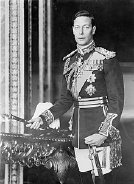

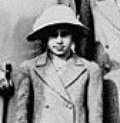

Earl of Inverness
Margaret Rose
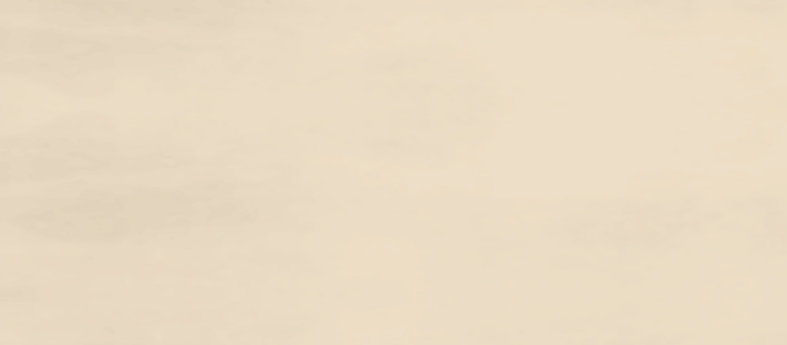
THE MONSTER RETIRES.
The Courier-Mail (Brisbane, Qld.)
Date: April 21, 1934
Page Number: 21
I am sorry that we seem to have lost the monster of Loch Ness. That tim'rous beastie enjoyed a tremendous vogue before retiring permanently to the place whence he came. However, his memory will be kept green by hordes of strange rubber animals which have been devised to make the nights of young children hideous, and now Mr. Seymour Hicks is going to immortalise him in a film to be called "The Secret of the Loch." Mr. Hicks will play the part of an eccentric old professor, who believes m the existence of the monster, and determines to prove his belief. I am not sure that the honest folk of Ness have not the laugh on the rest of the world. It is estimated that thousands of pounds more than normally were made by hotelkeepers and tradesmen while the search of the loch was at its height. People visited the district from all over England, and even from remote parts of Europe, as well as America.
...

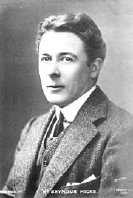

Seymour Hicks
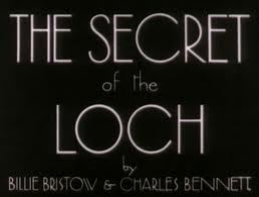
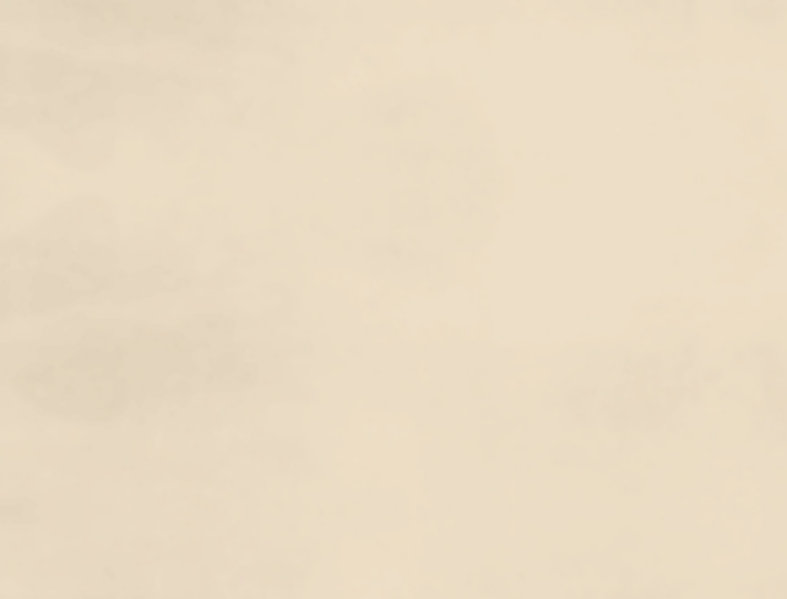
SEA RARETIES
Supposed Lock Ness Monster
Recorder (Port Pirie, SA)
Date: April 20, 1934
Page Number: 3
SEAFARING men will take heart again to tell of unusual things noticed at sea, now that some color has been lent to the story of a monster in Loch Ness, Scotland.
Apparently there is much to be ascertained about the creatures of the sea. One, the body of which was cast up on the beach at Cherbourg, France, recently may have been the mysterious visitant of Loch Ness, which created alarm for weeks.
Did the sea-monster now lying dead on the beach at Querqueville, near Cherbourg, come from Loch Ness? "It is not impossible that he did!," says Prof. Petit, a British Museum expert who has just examined the carcase.
According to the professor the monster is "of a primitive type" and seems to be some kind of shark. "The creature," Prof. Petit says, "is neither a mammal, as was at first supposed, nor a cetacean, but a member of that vast category of cartlaginous fish to which the shark belongs."
Identification Difficult
The condition of the carcase, which is incomplete and has been in parts washed away by the tides, makes more precise identification difficult, but the professor has arrived at his conclusions after an examination of the viscera, the head, and the fins.
More detailed examination in the laboratory, he states, will be necessary before any precise fixing of its species can be made.
It appears that the length and narrowness of the creature's neck, together with the shape of its head,
which resembles that of a camel, constitute abnormalities which the professor finds it hard to classify.
The owner of a tug, who claims that he twice saw the creature alive, declares that he saw its head raised to a height of about 3 ft. above the water.

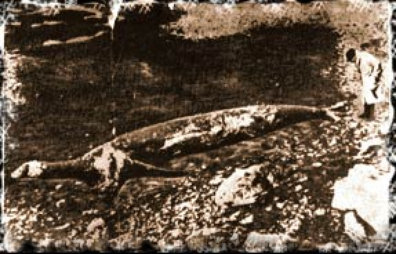
The Cherbourg Carcass was found on a beach at Querqueville, France, on February 28, 1934, and created quite a stir on the heels of the Loch Ness monster. Dr. Georges Petit of the Paris Museum determined from a rigorous examination of the 25-foot-long carcass that it was almost certainly a decomposing basking shark.
LOCH NESS MONSTER PHOTOGRAPHED BY LONDON SURGEON
The Daily News (Perth, WA)
Date: April 23, 1934
Page Number: 1
(Special to "The Daily News")
LONDON, April 22.
The "Daily Mail" publishes photographs of the Loch Ness monster, which were taken by the West End surgeon, Dr. Robert Wilson.
The photographs disclose several feet of snake-like neck with a smallish head, corroborating the previous eye-witnesses' statements. Dr. Wilson says that he saw a commotion in the water, and the head appeared long enough for him to take four snapshots.
The Curator of the London Zoo says that the photographs end the theory that the monster is a grey seal. If the photographs had been taken in mid-ocean he would say that it was a sea-serpent.
The Curator, however, cannot see how a sea-serpent can have entered a fresh water loch.
(Loch Ness is in Glen More, or the Great Glen, which runs in a southwesterly direction from Inverness to Fort William. The Caledonian Canal, which is today used chiefly by drifters steaming from the fishing ports such as Fraserburgh to the west coast fishing grounds, follows the glen and takes advantuge of its long fresh-water lochs. The northern half of Glen More is occupied by Loch Ness, a sheet of water over 20 miles long and about a mile and a half broad. On the north side Loch Ness is linked with the North Sea by the Caledonian Canal and the River Ness; on the south the canal links it with Loch Lochy, on both sides impressive but not particularly high hills fall sharply to the water's edge.)

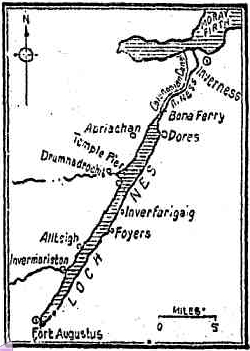

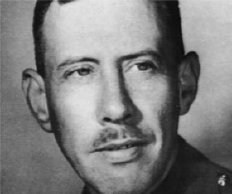
Lieutenant Colonel Robert Kenneth Wilson (1899-1969) was a surgeon who fought in both world wars and joined the Special Operations Executive parachuting behind enemy lines into Holland, France and Borneo, the last mission being with Australian forces (Semut II). He was an expert on firearms and gave opinion on ballistics at the Old Bailey during the 1930s. He also wrote a definitive text on automatic pistols with editions published in 1943 and 1975. He was an Edinburgh Fellow (1926), who had a practice in general surgery and gynaecology in Queen Anne Street during the 1930s. He took the famous 1934 'surgeon's photo' of the Loch Ness monster that was not admitted to be a hoax until 1994. After World War II, he became the first surgical specialist to work in the public service of the then Territory of Papua and New Guinea (1950-1956), where he wrote several papers on surgical topics. He married Gwen (1924), the daughter of Henrietta Gulliver, an Australian painter. They had two sons, Richard and Phillip. After practice he retired to Melbourne where he died of carcinoma oesophagus.

THE SURGEON’S PHOTO
It was on one of those journeys north when he was travelling with a friend Maurice Chambers, an insurance
broker, to a shooting lodge on the Black Isle. Gwen and the two boys were in Australia. What the world heard next was that Dr Wilson,
a British gynaecologist, had taken a photo of the Loch Ness monster. It was reportedly taken approximately 7.30 AM on 19 April 1994
and the photo was published in the Daily Mail. Thereafter, it became known as ‘the Surgeon’s photo’ (Fig. 1).
According to the family, he took the film to be developed in Inverness and when the chemist returned the prints, R. K. was asked,
‘Is that the Loch Ness monster?’ R. K. responded vaguely, ‘I don’t know’. This non-committal reply somehow lent authenticity to the
photo together with the credibility provided by his profession.
The photo was sold by Maurice Chambers to
the Daily Mail for £100. However, Wilson was subsequently fined £1000 by the British Medical Association (BMA) because he should not
have allowed his name to be associated with the photo; the publicity that ensued was deemed to be advertising and therefore improper.
In Australia, Gwen explained to the children that their father was in a bit of trouble but it was only ‘Father’s silly prank’ (R.Wilson
(son), pers. comm., 2006, 2007).
It seems R. K. himself never really discussed the episode in detail and was
in fact embarrassed by his role. He did not talk or brag about it in Papua New Guinea (PNG) after the war as judged by the evidence
gleaned from first-hand interviews conducted by the author with people who knew or worked with him. There are web pages that suggest
that he might have mentioned it to fellow officers during the war. Maurice Chambers died in 1994 and only then (by earlier agreement)
did his will disclose that the object in the picture was not the Loch Ness monster but rather a toy submarine (bought in Richmond),
outfitted with the head of a sea serpent! The picture had been subjected to considerable scientific scrutiny over 60 years and although
many scientists had suggested it was likely to be a hoax, it was not possible to work out how it had been contrived. The photo also
somewhat changed the focus of scientific endeavour in Loch Ness. The Loch Ness monster investigation was forced after 1934 to abandon
looking for large fish or seals chasing salmon (later proven) to searching for a monster with a long neck. Scotland’s economy has
certainly benefited from the tourist revenue generated by those who visit Loch Ness in the hope of a glimpse of ‘Nessie’ the monster.
The Chambers and Wilson’s photo is regularly reproduced today whenever new sightings are publicized.
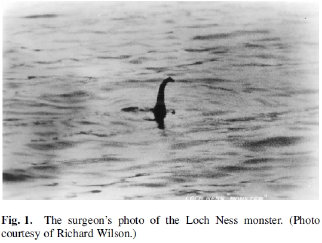
Sunday Times (Perth, WA)
Date: April 29, 1934
Page Number: 16S

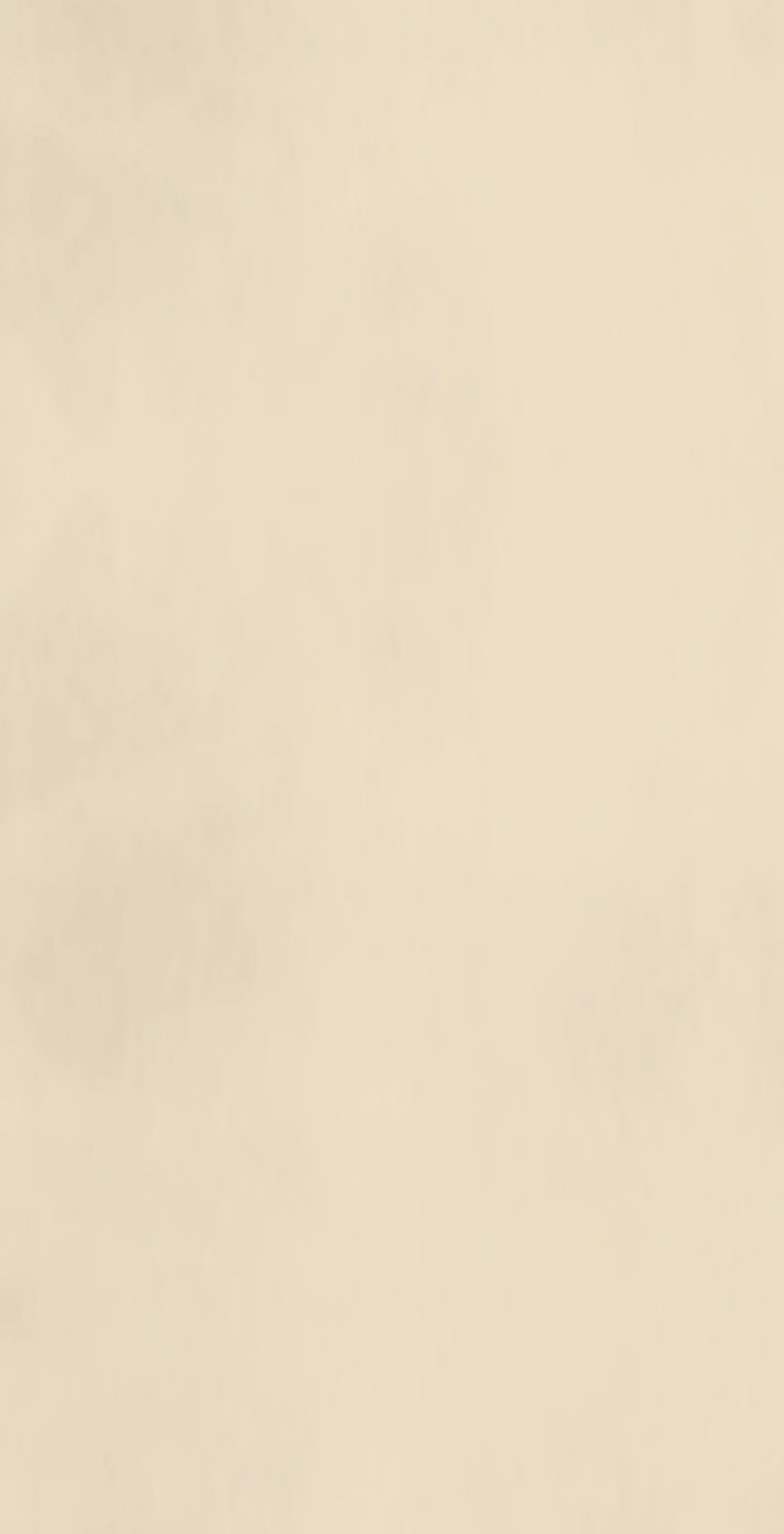
VIGIL AT LOCH NESS
TRAIL OF THE "MONSTER"
Evidence of Appearances
Examiner (Launceston, Tas.)
Date: May 3, 1934
Page Number: 3
The mysterious "monster" of Loch ness, Scotland, was still the subject of widespread discussion, theories, and rumours, when the last mail left London. There were crowds of watchers at the lake and several further appearances of the creature were reported. It had been filmed, its picture was appearing on innumerable postcards when Continental as well as British journalists were manifesting a keen and infectious interest in the mystery.
Mr. Goodbody, a well-known sportsman and the proprietor of the Invergarry House, recounted an experience in which would seem to leave little doubt that there is some large creature in the lake. He went with his two daughters to about a mile east of Fort Augustus on the north side of the loch, with the express purpose of trying to get a glimpse of the mysterious creature. In due course he says they were rewarded.
"To our surprise," says Mr. Goodbody, "we observed what we thought to be the fins of some large fish moving slowly in the water, going in a north-east direction toward Inverness and coming nearer to the north shore. We had strong field glasses and, as the object came to within 400 or 500 yards of the north shore, we clearly observed that the fins were not fins, a but humps. The object moved along a for a distance and then turned, and as we got a clearer view of it we saw that it did not correspond with any of the descriptions of the monster which have already appeared in the press.
"No Fewer Than Eight Humps"
"As the object came nearer, we examined it very carefully through the powerful field glasses. I counted no fewer than eight humps, and my daughter was positive that she counted nine humps. They changed from time to time. The humps would be about a foot out of the water and were very clearly seen. We saw the head for a brief period twice. The creature had a long, thin neck with a very small head, so small that I was terribly surprised. I did not see the tail; it was under the water, but there was a thrashing movement in the water when the object made a turning movement.
"The object is not anything like a porpoise or a walrus or a whale, which have been suggested. In fact, I think that all the guesses made about the monster are wrong. From what I saw of it, the object, as I have stated, is absolutely different from what I have seen in all my world-wide experience. The small head was perched on a thin long neck, much higher than the body. The part which I could see was at least 16ft. long."
Mr. Goodbody adds: "I am sure that the creature would not be a danger to the great shoals of salmon which are at times in the loch. The object was well out in the centre of the loch, not where salmon move freely inshore, and, besides, from the size of the head I fancy there would not he any danger to salmon. I was at first sceptical about the creature, but now I am absolutely sure that there is an object—something that I have never seen before—in the loch. I say emphatically after watching it through field glasses along with my two daughters for about 40 minutes there, that I saw a strange creature in the loch."
Fame in Verse and Song
Guided by the nimble wits of the Highlands, the strange creature has achieved fame in verse and song. Now—aided by a streak of Scottish imagination—it has entered the picture through the medium of the post-card, and its frightsome visage looks out on passers-by from nearly every shop window in Inverness. "But," says a correspondent, "the great saga of the 'monster' is not being allowed to stop even there. Plaster and woodwork models are now being wrought by the diligent hands of the Invernessian, who is quite content to let the 'monster' slip through his hands—but not any opportunities. In the loch he is an asset. Out of it he is a liability.
"Every alleged spoor mark found on the shores of Loch Ness brings sheer joy to the hearts of the hotelkeepers and tradespeople of the town. The 'monster' has been called a myth. But to Invernessians this myth is as good as if it were a mile-long. It is said to be quick, nimble, and elusive. That's because it lives near Inverness."
Three Glasgow men, employees of Scottish Film Productions, claim to have filmed the "monster." They had spent a fortnight on the banks of Loch Ness and they say that they were just on the point of giving up when they noticed a commotion on the surface of the water. They immediately manned their three cameras and several shots of the monster were obtained. Owing to the distance at which it arose, however, it appears on the film as a dark object moving quickly across the water.
Film Shown in London
One of the films has been shown privately at the Phoenix Theatre, in London. That part of the film in which the monster appears occupies the screen for only a minute or two, says a "Times" correspondent. The creature is seen swimming toward the right, getting farther away as it travels, and is apparently diving just as it leaves the field of view of the camera. There is here no definite evidence of the small, upraised head and long neck which several eye-witnesses claim to have seen, but the main mass of the body seems to be preceded by a smaller mass, which like the rest is partly under and partly on the surface of the water. The photographers assert that they saw seven or eight bumps on the monster's back, and some of those bumps are discernible in the film.
The most clearly evident movements are those of a tail or flukes. This appendage is noticeably darker than the body. The photographers describe the general colour of the creature as grey, that of the tail as black. Indeterminate movements of the water beside the monster as it swims suggest the action of something in the nature of fins or paddies.
The "monster" was becoming the subject of almost as much discussion in the German newspapers as the British. Captain von Forstner, who commanded the U28 during the war, claimed in a letter to the Deutsche
Allgemeine Zeitung that on July 30, 1915 ,he saw a creature in the Atlantic which bore a striking resemblance to the Loch Ness "monster."

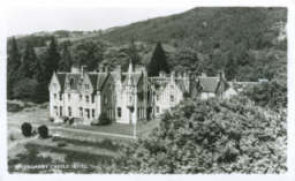
Invergarry House (now Glengarry Castle Hotel)
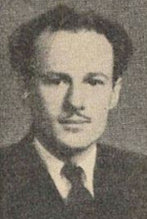
Malcolm Irvine
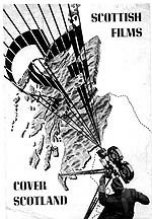
Malcolm Irvine and two of his associates, Stanley Clinton and Scott Hay of Scottish Film Productions filmed a creature near Inverfarigaig.
The date was 12th December, 1933 and all three men had intended to try and capture the Monster on film. They were in luck, not long
after they noticed an object appear in the Loch and their excitement grew as they realised their opportunity had arisen. 'We were
so excited and elated when the Monster appeared that we had no time to think of the still cameras. What you see on the screen lasts
less than a minute, but it seemed hours when we were making it. It definitely is something with two humps - that much is clear from
the picture.' Malcolm Irvine described the object in some detail, saying that it travelled at around 4 m/s and portions of its back
where clearly visible. He went on to describe a trail of foam or a wake that the creature formed as it moved through the water. The
range of the shot was about 100 metres and a 16mm cine camera, fitted with a 75mm lens, was used. As of the whereabouts of this film,
no one knows. A still from the film was exhibited but this was no conclusive proof of the monsters existence and it could not be confirmed
that the location was in fact Loch Ness.
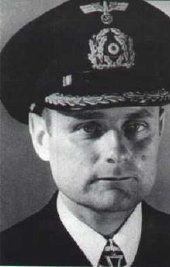

Siegfried von Forstner
[T]he saw a creature in the Atlantic which bore a striking resemblance to the Loch Ness "monster."
It "had a long, tapering head
and a long body with two pairs of legs. Its length may have been some 20 metres [roughly 65 feet]. In shape, it was more like a crocodile
than anything else." [Source: Deutschen Algemeine Zeitung, 19 October 1933]
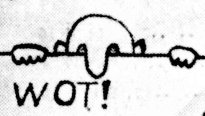
Hoaxes, Pranks, & Mischief











































